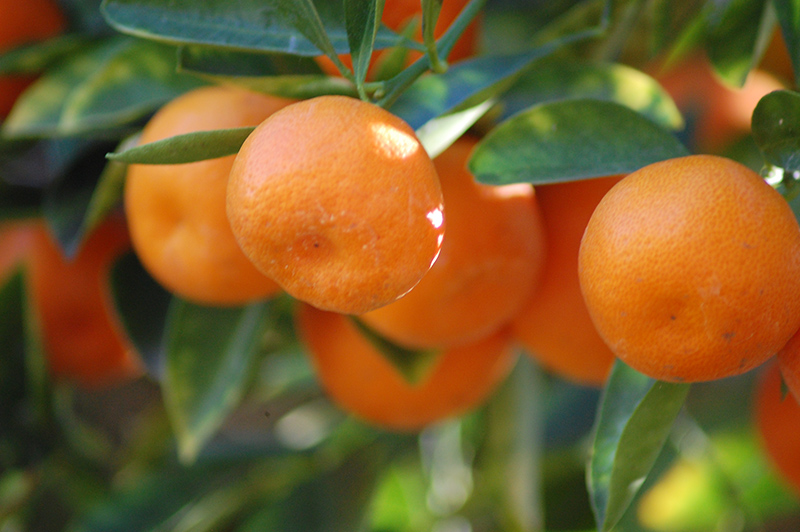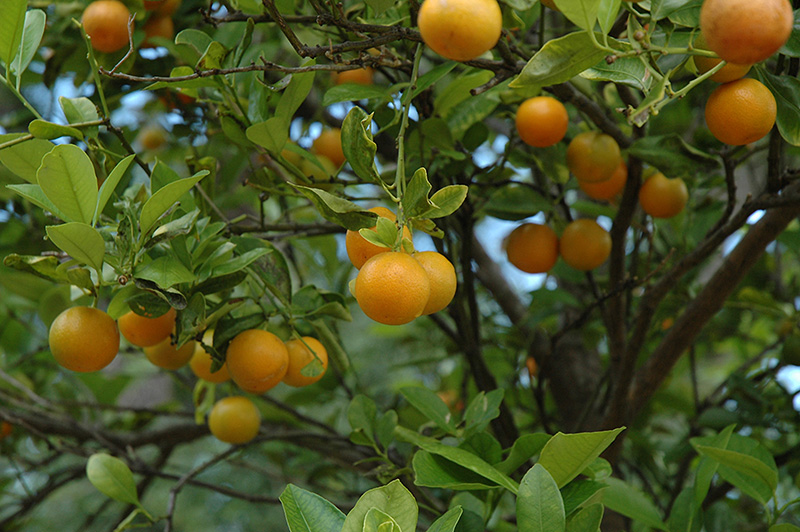VANDERMEER
PLANT LIBRARY
Find the perfect plant for your space by browsing through this extensive selection that we typically carry every year.
This library is for information purposes only.
Height: 7 feet
Spread: 5 feet
Sunlight:
![]()
![]()
Other Names: Calamansi, Panama Orange, Orange Calamondin
Description:
Attractive foliage is displayed on this medium to large shrub, or small tree; fragrant flowers produce small fruit year-round; a fairly cold hardy citrus; a great container plant for the patio or indoors in colder climates
Features & Attributes
Calamondin features showy clusters of fragrant white star-shaped flowers with buttery yellow eyes at the ends of the branches from early spring to late winter. Its attractive glossy oval leaves remain dark green in colour throughout the year. The orange fruit is edible and has a tart taste. Note that in general, it can be difficult to get plants to reliably produce fruit indoors; this may be a challenge best reserved for adventurous and experienced gardeners.
This is a multi-stemmed evergreen houseplant with an upright spreading habit of growth. This plant may benefit from an occasional pruning to look its best.
Planting & Growing
When grown indoors, Calamondin can be expected to grow to be about 7 feet tall at maturity, with a spread of 5 feet. It grows at a medium rate, and under ideal conditions can be expected to live for approximately 50 years. This houseplant will do well in a location that gets either direct or indirect sunlight, although it will usually require a more brightly-lit environment than what artificial indoor lighting alone can provide. It prefers to grow in average to moist soil. The surface of the soil shouldn't be allowed to dry out completely, and so you should expect to water this plant once and possibly even twice each week. Be aware that your particular watering schedule may vary depending on its location in the room, the pot size, plant size and other conditions; if in doubt, ask one of our experts in the store for advice. It is not particular as to soil type or pH; an average potting soil should work just fine.
There are many factors that will affect the ultimate height, spread and overall performance of a plant when grown indoors; among them, the size of the pot it's growing in, the amount of light it receives, watering frequency, the pruning regimen and repotting schedule. Use the information described here as a guideline only; individual performance can and will vary. Please contact the store to speak with one of our experts if you are interested in further details concerning recommendations on pot size, watering, pruning, repotting, etc.
-- THIS IS A HOUSEPLANT AND IS NOT MEANT TO SURVIVE THE WINTER OUTDOORS IN OUR CLIMATE --






